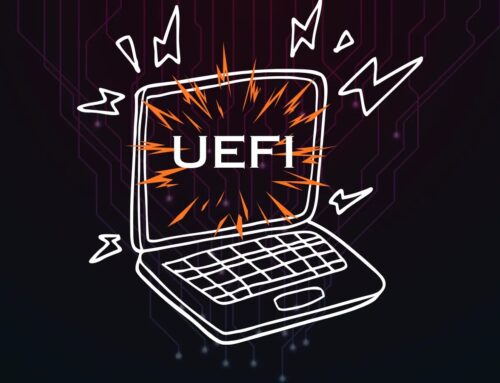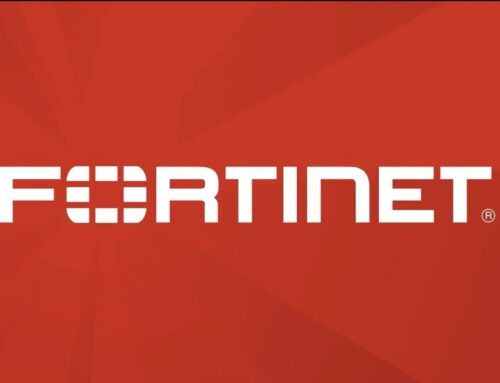
Lazarus Hackers Weaponized 234 Packages Across npm and PyPI to Infect Developers
The Trojan Horse in Your Code: Lazarus Group’s Open-Source Package Onslaught
The supply chain remains a critical vulnerability, and audacious state-sponsored actors like North Korea’s Lazarus Group are relentlessly exploiting it. A disturbing new report reveals a sophisticated cyber espionage campaign that weaponized 234 malicious packages across the world’s two largest open-source repositories: npm and PyPI. This operation wasn’t about quick gains; it was a calculated long-term surveillance mission, exposing over 36,000 potential victims, primarily software developers, to advanced malware between January and July 2025.
For any organization relying on open-source components – which is virtually every modern enterprise – this incident serves as a stark reminder. The trust placed in publicly available code libraries can be profoundly misplaced when nation-state adversaries inject malicious code directly into the very building blocks of our software. Understanding the scope, methods, and implications of this Lazarus Group attack is paramount for bolstering your developer ecosystem’s defenses.
Anatomy of the Attack: Weaponizing npm and PyPI
The Lazarus Group, notorious for its audacious cyber operations including the WannaCry ransomware attack and numerous financial heists, has once again demonstrated its prowess in adapting to new attack vectors. Their strategy in this campaign focused directly on the software supply chain, a known weak point. By injecting malicious packages into npm (Node Package Manager) and PyPI (Python Package Index), they targeted developers at the foundational stage of software creation.
The sheer volume — 234 malicious packages — indicates a significant, persistent effort. This wasn’t a one-off attempt but a sustained campaign designed to maximize reach and potential compromise. The timeframe, spanning from January to July 2025, shows a methodical approach, likely designed to evade detection through staggered deployments and potentially mimicking legitimate development patterns.
The choice of npm and PyPI is strategic. These repositories host millions of packages, making it difficult for developers and automated tools to distinguish malicious code from legitimate ones. Once integrated into a developer’s project, these packages could execute their malicious payload, granting the attackers a foothold into development environments and, subsequently, their organizations’ networks. The objective: “long-term surveillance” and potentially data exfiltration, intellectual property theft, or further lateral movement.
The Target: Software Developers and the Supply Chain
The primary victims of this campaign are software developers. By targeting the tools and components developers use daily, the Lazarus Group aimed to compromise systems from the ground up. A malicious package, once installed, can affect:
- The developer’s local machine, providing a backdoor for persistent access.
- Source code repositories, potentially injecting further malicious code or exfiltrating sensitive intellectual property.
- Build pipelines, leading to the compromise of compiled software and its subsequent distribution.
- Production environments, if the compromised code is deployed.
This supply chain attack vector is highly attractive to sophisticated threat actors because it offers a force multiplier. Compromising one widely used package can lead to the compromise of hundreds or thousands of downstream applications that depend on it. This creates a ripple effect, magnifying the impact of a single successful infiltration and making detection significantly harder.
Remediation Actions: Fortifying Your Open-Source Supply Chain
Defending against sophisticated supply chain attacks requires a multi-layered approach. Organizations and individual developers must adopt proactive measures to mitigate the risk posed by malicious open-source packages.
- Implement Software Composition Analysis (SCA) Tools: Utilize SCA tools to automatically scan your dependencies for known vulnerabilities and anomalies. These tools can identify suspicious packages or outdated versions that may be susceptible to attack.
- Dependency Verification and Pinning: Always pin your dependencies to specific versions rather than relying on broad version ranges. This prevents unexpected or malicious updates from being automatically pulled into your projects. Regularly review and audit these pinned versions.
- Source Code Review and Auditing: For critical or frequently used packages, consider conducting manual or automated source code reviews. Look for obfuscated code, unusual network calls, or unexpected file system access.
- Least Privilege Principles: Operate development environments with the least privileged access necessary. This limits the damage a compromised package can inflict.
- Network Segmentation for Development Environments: Isolate development networks from production environments to contain potential breaches.
- Repository Mirroring and Internal Registries: For highly sensitive projects, consider mirroring external package repositories or using internal registries for approved packages. This allows for closer scrutiny and control over what code enters your ecosystem.
- Employee Training and Awareness: Educate developers on the risks of supply chain attacks, phishing attempts targeting developers, and best practices for evaluating open-source packages.
- Monitor for Anomalies: Implement robust logging and monitoring for build systems, development environments, and package usage. Look for unusual activity, large data transfers, or unexpected external connections.
Recommended Tools for Supply Chain Security
Implementing the above remediation actions is significantly aided by specialized tools. Here are some categories and examples:
| Tool Category | Purpose | Examples & Links |
|---|---|---|
| Software Composition Analysis (SCA) | Identifies open-source components, vulnerabilities, and license compliance issues. | |
| Dependency Vulnerability Scanners | Scans project dependencies for known vulnerabilities (often integrated into SCA tools). |
|
| Secure Software Development Lifecycle (SSDLC) Platforms | Integrate security throughout the entire development process. | |
| Package Registries / Proxies | Control and audit external package consumption. |
Looking Ahead: The Evolving Threat Landscape
The Lazarus Group’s latest campaign underscores a critical shift in the cyber threat landscape. Nation-state actors are increasingly recognizing the power of compromising the software supply chain to achieve their strategic objectives. This type of attack is incredibly difficult to detect, as malicious code often hides within seemingly legitimate libraries, bypassing traditional perimeter defenses.
As the world becomes more reliant on open-source software, the onus is on developers, organizations, and the open-source community to collaborate on stronger security mechanisms. This includes better vetting processes for new packages, more robust vulnerability disclosure programs, and continuous monitoring of public repositories for suspicious activity. The battle for the integrity of our software supply chain is ongoing, and vigilance is our strongest defense.





